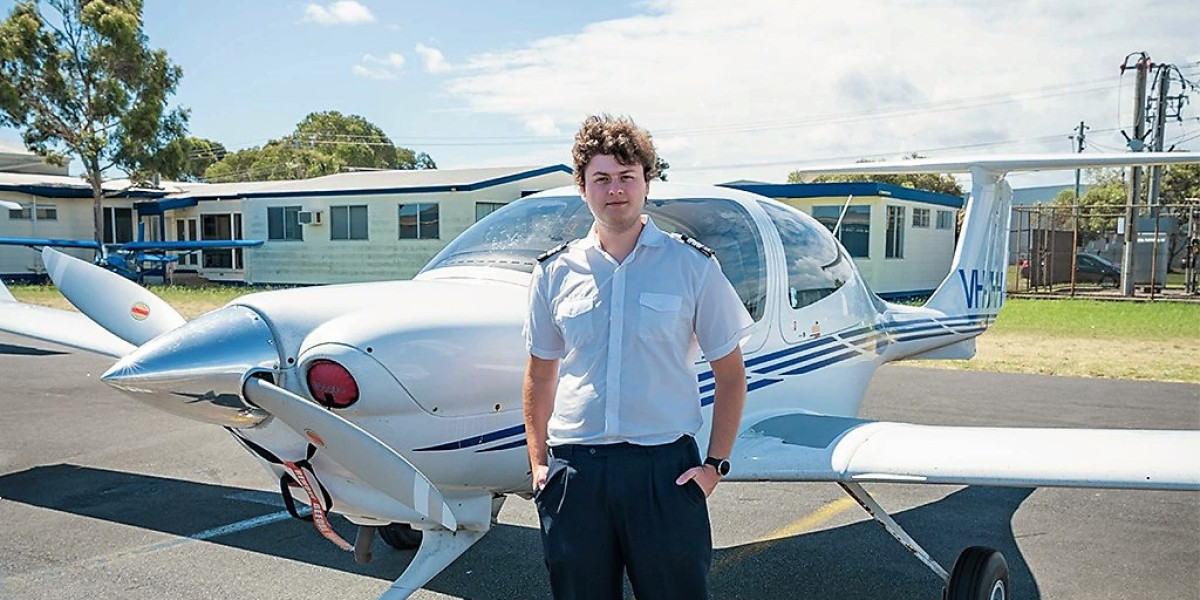Meteorology has to be the most important knowledge one can have in aviation. The type and intensity of the weather you encounter during a flight can influence the efficiency of the flight, or worst case scenario, it can impact your safety as well as that of your passengers. Although meteorological briefings and flight planning software provide general summaries of weather information, the ability to read and interpret satellite and radar imagery directly can help you predict potential hazardous weather and make better operational decisions as you fly through or around large weather systems.
The Value of Weather Imagery
In aviation, textual weather information (e.g. TAFs and METARs), visual weather charts, and animated satellite and radar imagery are often used in conjunction to help pilots identify specific weather conditions they may encounter during flights. TAFs (Terminal Aerodrome Forecasts) and METARs (Meteorological Aerodrome Reports) provide localised forecasts and conditions for specific airports, while SIGMETs (Significant Meteorological Information) alerts inform pilots of hazardous weather phenomena such as thunderstorms or volcanic ash. Satellite and radar imagery provides a real-time, spatially comprehensive view of current weather conditions and are particularly valuable for pilots flying cross-country or into unfamiliar weather patterns.
For students enrolled at aviation schools or a Singapore aviation academy, weather information is embedded in the learning of flight planning, as well as aeronautical decision-making courses, because it’s an important topic in every country and airspace around the world.
Satellite Imagery: Observing Weather from Orbit
Satellite Images can be best described as pictures taken from space, showing you clouds, weather and what's going on in the atmosphere from above. There are two types of satellite images to know as a pilot:
1. Visible Satellite Imagery
Visible imagery uses reflected sunlight and works best during the day. Visible imagery is displayed as a photo-like image. Thick, dark clouds will appear as bright white, thin clouds are grey and clear sky is dark.
Applications:
● Determining the amount and intensity of cloud cover
● Visualising low-visibility areas
● Finding fog and stratus during the early morning hours
Limitations:
● Not available at night since there is no sun
● Cannot see through clouds to determine the upper or lower levels of the atmosphere
2. Infrared (IR) Satellite Imagery
IR imagery uses heat radiation, so it works day and night. IR imagery works by displaying the temperature of clouds and the Earth's surface. Bright colours (usually red or white, depending on the palette) represent colder cloud tops, which can mean deep convection and cumulonimbus activity. Duller colours represent warmer, lower cloud tops.
Applications:
● Locating thunderstorm development
● Determining upper and lower cloud levels
● Determining the movement and intensity of convective clouds
Interpretation Hint: Colder cloud tops = higher altitude = potentially more severe weather.
Radar Imagery: Seeing Inside the Storm
Whereas satellite imagery illustrates the “what” and “where” of cloud cover, radar imagery shows the intensity and motion of precipitation. Precipitation is a critical factor for pilots to consider when evaluating the likelihood of turbulence, hail, and storm activity.
Radio waves
Radar systems transmit pulses of radio waves that bounce off precipitation particles. The intensity of the returned signal indicates the precipitation strength. Radar colours are usually colour-coded as follows:
● Light: Green
● Moderate: Yellow
● Heavy rain or small hail: Red
● Extreme (Severe storms, large hail): Purple or black
How to Interpret Radar:
● Echo Tops: The highest altitude at which radar can detect precipitation. Tall echo tops often indicate severe thunderstorms and strong updrafts.
● Velocity radar: Some radar systems can detect the speed and direction of winds within storms (called Doppler radar), which can help with turbulence predictions.
● Gaps in radar coverage: Remote regions with limited radar coverage (often in mountainous or offshore areas) can create blind spots. Satellite imagery can be used to fill in the gaps.
For VFR pilots pursuing a private Pilot licence in Australia, learning how to read and cross-reference radar imagery with forecast data is a key part of safe weather avoidance.
Practical Application: Pre-Flight and Enroute Decision-Making
A pilot’s ability to effectively incorporate weather imagery into their flight planning translates directly into safer outcomes. Here's how satellite and radar data fit into a well-structured pre-flight process:
Pre-Flight:
● Use visible satellite imagery to assess the position of stratus decks and fog near your departure or destination.
● Refer to IR imagery to evaluate cloud heights enroute, particularly over terrain or non-diversion-friendly regions.
● Overlay radar data to determine precipitation intensity and movement across your planned flight path.
● Cross-check imagery with TAFs and METARs for consistency—discrepancies may indicate fast-changing conditions.
In-Flight:
● Monitor real-time radar via ADS-B or onboard weather systems (if equipped).
● Adjust course or altitude to avoid high reflectivity areas or tall echo tops.
● In aircraft without in-flight weather systems, request updates from ATC or Flight Information Services.
Limitations and Human Factors
Weather imagery is not without its flaws. It’s important to remember factors such as data delay, image resolution, and radar beam curvature (which can miss low-level weather at long distances) can all cause weather information to be misleading. Confirmation bias, or the tendency to see what we think we should see, rather than what is actually depicted on the image, can also cause misinterpretation. All of these considerations, along with over-reliance on technology at the expense of the true meteorological driving forces, can lead to poor decision-making.
Human factors, like confirmation bias and under or over-estimating storm speed, must also be taken into account. It’s important to use a weather image in conjunction with airmanship and critical thinking. Radar and satellite data are invaluable tools to help pilots make timely and informed decisions regarding weather.
Whether training at a major institution like the Singapore aviation academy or learning regional flying under the private Pilot licence Australia framework, mastering the interpretation of weather imagery enhances flight safety, situational awareness, and confidence.


